Services
Office Hours
Monday
8:00 am - 6:00 pm
Tuesday
8:00 am - 12:00 pm
Wednesday
8:00 am - 6:00 pm
Thursday
8:00 am - 12:00 pm
Friday
Closed
Saturday
Closed
Sunday
Closed
Monday
8:00 am - 6:00 pm
Tuesday
8:00 am - 12:00 pm
Wednesday
8:00 am - 6:00 pm
Thursday
8:00 am - 12:00 pm
Friday
Closed
Saturday
Closed
Sunday
Closed
Location
Find us on the map
--mi
Everest Medical Group
Address
4864 E Baseline Rd STE 105
Mesa, AZ 85206
Contact Information
(480) 558-1900
(480) 633-6086

